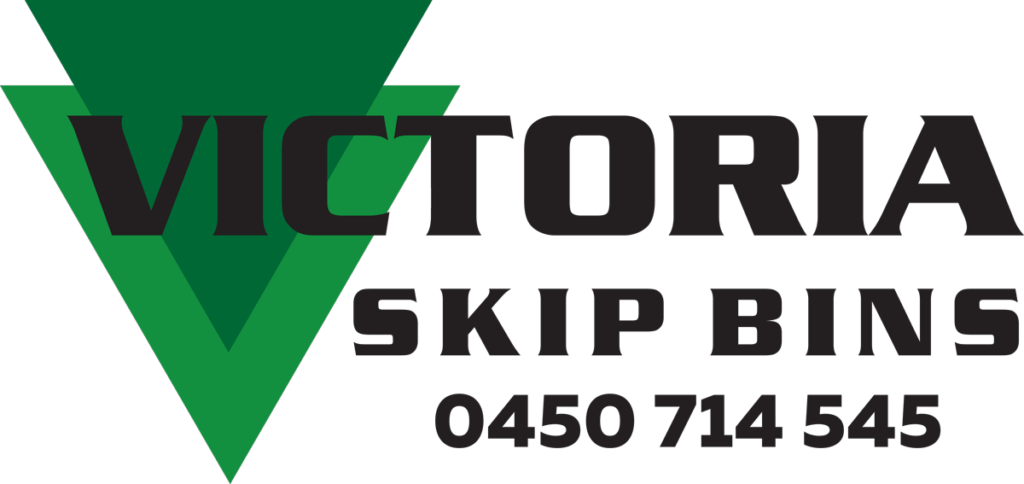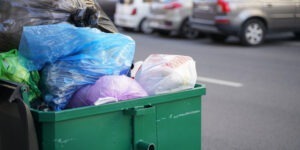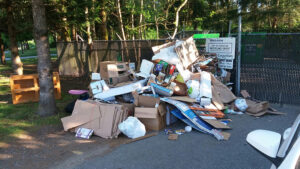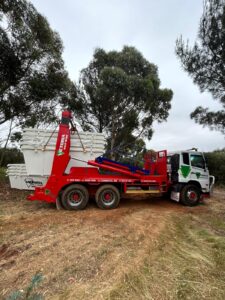Skip bins are a practical and cost-effective solution for managing waste during construction, residential, or commercial projects. Proper waste management is not only hygienic but also beneficial to the environment. Let’s explore how to use skip bins effectively, keeping your site clean and your procedures eco-friendly.
Understanding the Application of Skip Bins
Skip bins are versatile and applicable in various scenarios:
1. Home Renovations:
- Dispose of old furniture, carpets, or construction materials efficiently.
- Bulky items find a home in skip bins during home improvement projects.
2. Garden Waste:
- Clean up your garden by disposing of organic waste.
- Branches, leaves, and grass cuttings can all go into skip bins.
3. Construction Sites:
- Manage debris, waste material, rubble, etc., effectively.
- Skip bins handle the load generated during construction projects.
4. Office Clutter:
- Discard old furniture, electronics, or office debris with ease.
- Keep your workspace clutter-free using skip bins.
Things You Didn’t Know about Skip Bins
1. Various Sizes:
- Skip bins come in a range of sizes to cater to diverse requirements.
- From mini (2 cubic meters) for small home clean-ups to jumbo (10 cubic meters) for extensive commercial construction projects.
- Consider hiring a larger skip bin than you think you need to avoid running out of space.
Choose the best size as per your need: Various Sizes of Skip Bins
2. Handling Different Waste Types:
- Skip bins aren’t just for standard household trash.
- They handle general waste (food, wrappers, cardboard), green waste (grass clippings, leaves, branches), building waste (bricks, plaster, tiles), and even hardfill waste (concrete, soil, rocks).
- Note that hazardous waste (asbestos, chemicals, batteries) requires special handling and isn’t usually accepted in standard skip bins.
3. Strategic Bin Placement:
- Skip bins can’t be placed anywhere.
- Consider accessibility and safety when choosing the location.
- Avoid blocking pathways or creating hazards.
- Consult with your skip bin provider for proper placement.
Check the availability of Skip Bin Hire Near Me.
Maximizing Your Skip Bin Space
1. Large Items First:
- Place the most substantial and bulkiest items at the bottom of the skip bin.
- Fill smaller items into the gaps later.
2. Break Items Down:
- Dismantle or break down items to reduce their volume.
- Flatten large cardboard boxes.
3. Flat Items on Top:
- When your skip bin is nearly full, place flat items (doors, boards) on top.
- Optimize the available space.
Remember, effective skip bin usage contributes to efficient waste disposal and a cleaner environment. Let’s make responsible choices!
For more information, visit Victoria Skip Bins.
Facebook
Twitter
LinkedIn
LinkedIn





